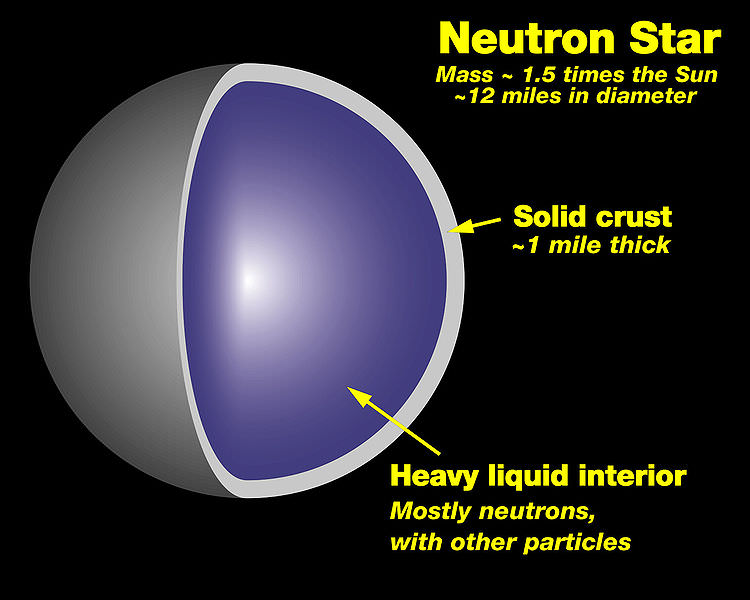Solid, liquid, gas … those are the states of matter we’re thoroughly familiar with, but what makes for a state of matter? And are there other states of matter?
Since people first made distinctions between them, the states of matter were defined by how the matter behaved, in bulk; so a solid had a fixed shape (and volume), a liquid a fixed volume (but changed shape to fit the container it was in), and a gas expanded to fill its container. Once we realized that matter is made up of atoms (and molecules), the states of matter were distinguished by how the molecules (or atoms, in an element) behaved: in solids they are both close by and in a fixed arrangement (e.g. in crystals), in liquids close by but the arrangement is not fixed, and in gases not close by (so no particular arrangement).
But what about plasma? Sorta like a gas – so as it fills any container it’s in, it’s a gas – but not (the ions and electrons interact in completely different ways, in a plasma, than molecules (or atoms) do in a solid, liquid, or gas). Hence, plasma is the fourth state of matter.
Things got a bit more complicated as scientists studied matter more carefully.
For example, if you heat water in a strong, but transparent, container, above a certain temperature (and pressure) – called the critical temperature (critical pressure) – the liquid and gas states become one … the water is now a supercritical fluid (you may have seen this demonstrated, in a chemistry class perhaps, though likely not with water!).
Then there’s the distinction between crystals (crystalline state) and glasses (glassy state); both seem very solid, but the arrangement of molecules in a glass is more like that of molecules in a liquid than those in a crystal … and glasses can flow, just like liquids, if left for a long enough time.
Is there a ‘fifth state of matter’? Yes! A Bose-Einstein condensate (BEC) … which is like a gas, except that the constituent atoms are all (or mostly) in the lowest possible quantum state … so a BEC has bulk properties quite unlike those of any other state of matter (quantum behavior become macroscopic).
In astrophysics, there are quite a few exotic states of matter; for example, in white dwarf stars matter is prevented from further (gravitational) collapse by electron degeneracy pressure; the same sort of thing happens in neutron stars, except that its neutron degeneracy pressure (there may also be an even more extreme state of matter, held up by quark degeneracy pressure!). There’s also a counterpart to ordinary plasmas: quark-gluon plasma (in an ordinary plasma made of hydrogen the atoms are broken into electrons and protons; in a quark-gluon plasma protons and neutrons ‘melt’ into their constituent quarks and gluons).
Are there related Universe Today stories? Sure! For example: Forget Neutron Stars, Quark Stars May Be the Densest Bodies in the Universe, Schwarzschild Radius, and Next Generation Magnetoplasma Rocket Could be Tested on Space Station.
States of matter, including some exotic ones, is something you’ll find discussed in Astronomy Cast; for example this Questions Show.
Sources:
Wikipedia
Purdue University
New York University
Wikipedia: Bose-Einstein Condensate

